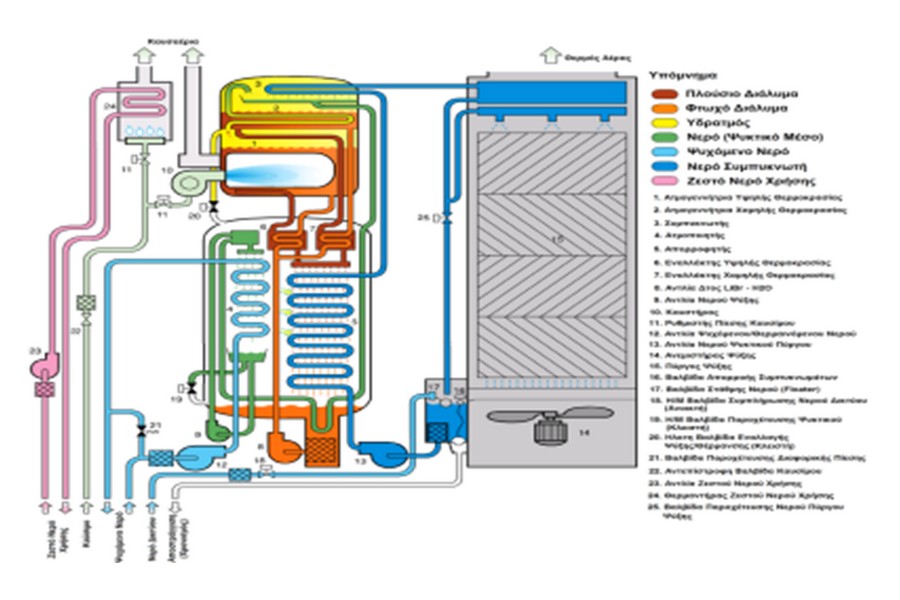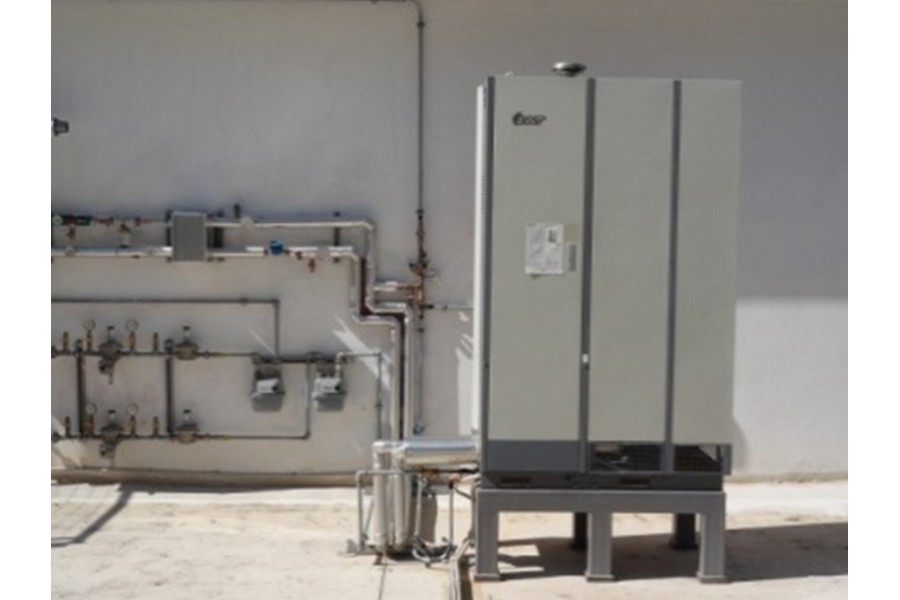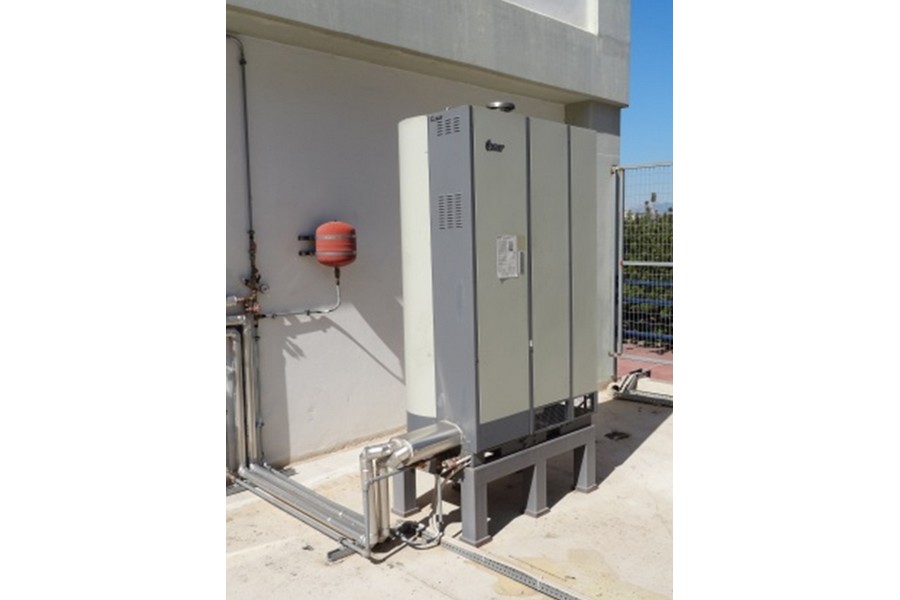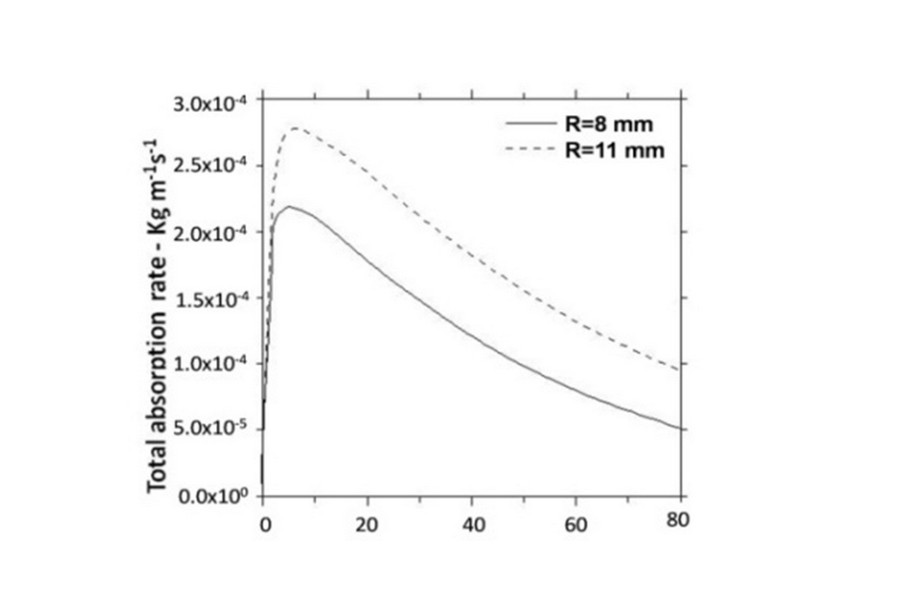Heat driven chillers provide chilled water which is either distributed through a chilled water network to local units or used in central air conditioning units to provide fully conditioned air. Absorption coolers and adsorption coolers belong to the category of heat-driven coolers.
Small absorption units, such as the specific laboratory installation, are used for air conditioning small hotels, office buildings and hospitals, mainly in combination with thermal solar systems to cover the thermal loads of the steam generator.
The difference between the two-stage absorption chiller and the single-stage one is the greater thermal efficiency of the process and the production of water at a lower temperature. To achieve this, however, the two-stage cooler requires higher hot water inlet temperature compared to that of the single-stage cooler. Thus, while flat thermal solar collectors can be used in single-stage absorption coolers, this possibility is limited for two-stage coolers.

For purposes of thermodynamic analysis and parametric study, the Laboratory has installed a two-stage absorption chiller. Measurements are made for various solution concentrations and climatic conditions to draw conclusions about the performance factor of the installation.
Characteristics
Rated power 16 kW
Cooling capacity 20 kW
Thermal performance at full load COP=1.1
Adsorbent LiBr
Hot water inlet temperature 160oC


Operating principle
This absorption unit uses LiBr as the absorption medium, water as the coolant, and natural gas as the heat source. The lithium bromide solution is a very strong absorbent, which can absorb the surrounding water vapor and maintain low pressure in the vaporizer. The cooled water enters the inside of the copper tubes of the vaporizer at a temperature of 14°C while water at 4°C is sprayed on the outside of the tubes, under vacuum conditions. The water absorbs heat from the cooler water and evaporates. Thus, the temperature of the cooler water drops to 7oC. The strong lithium bromide solution in the absorber absorbs the water vapor and then transfers heat from the water vapor to the water sprinkled in the cooling tower. The heat of the cooling water is transferred to the ambient air through the cooling tower. The weak lithium bromide solution is pumped to the high temperature steam generator where it is reheated, and water is evaporated from the solution. Thus, the solution acquires its initial, high, concentration. The now stronger solution repeats the absorption process, and the water vapor goes to the condenser where it liquefies and returns to the vaporizer to start the cycle again.


